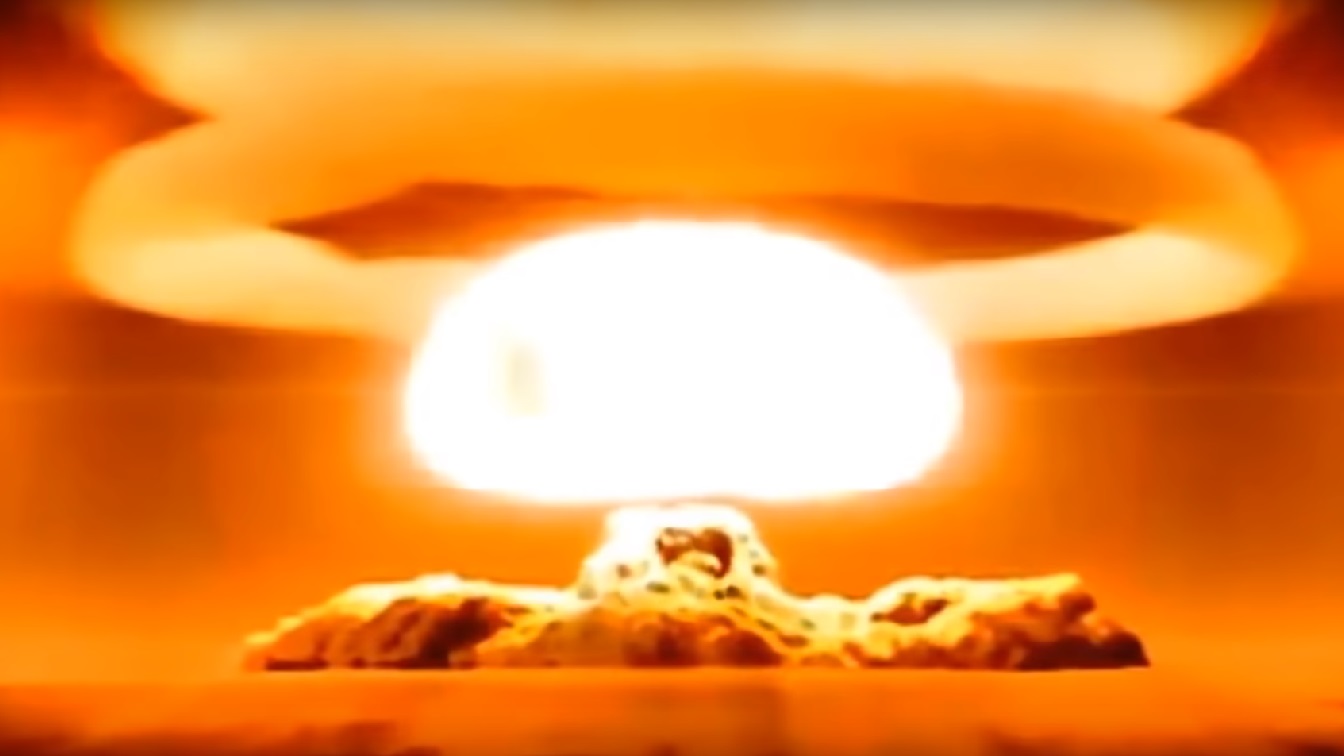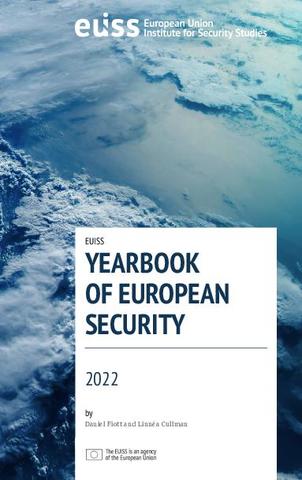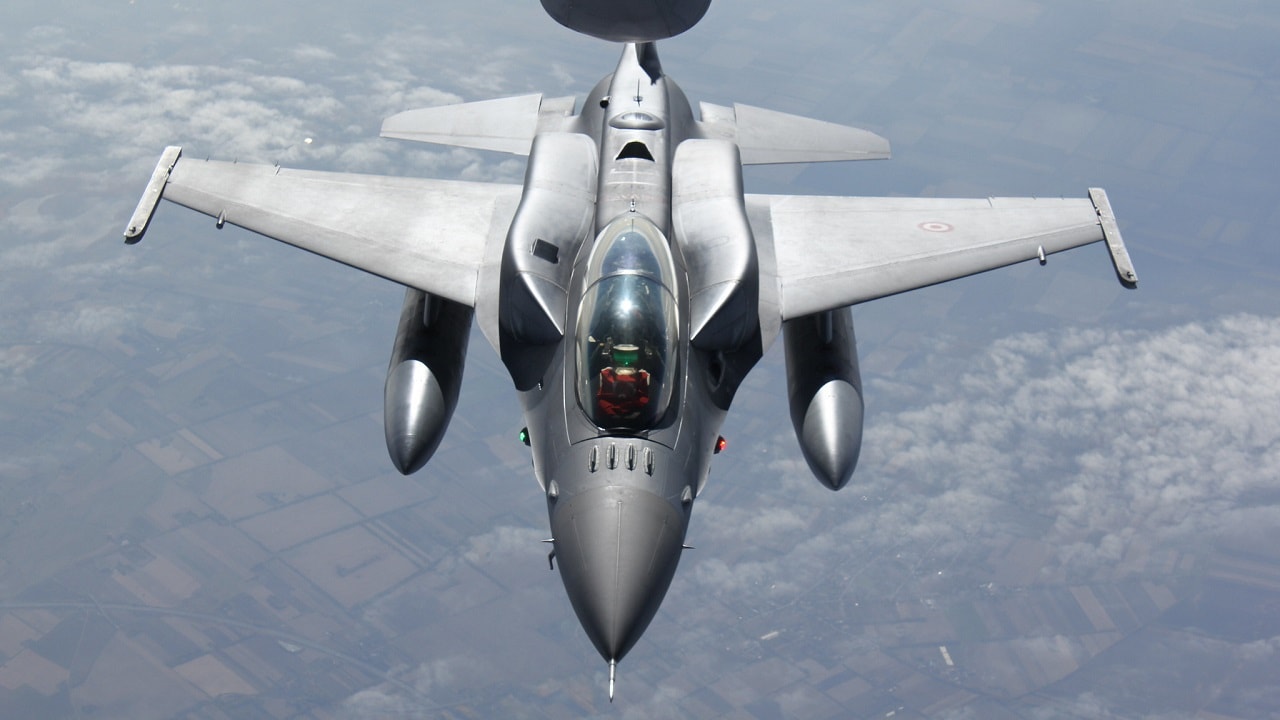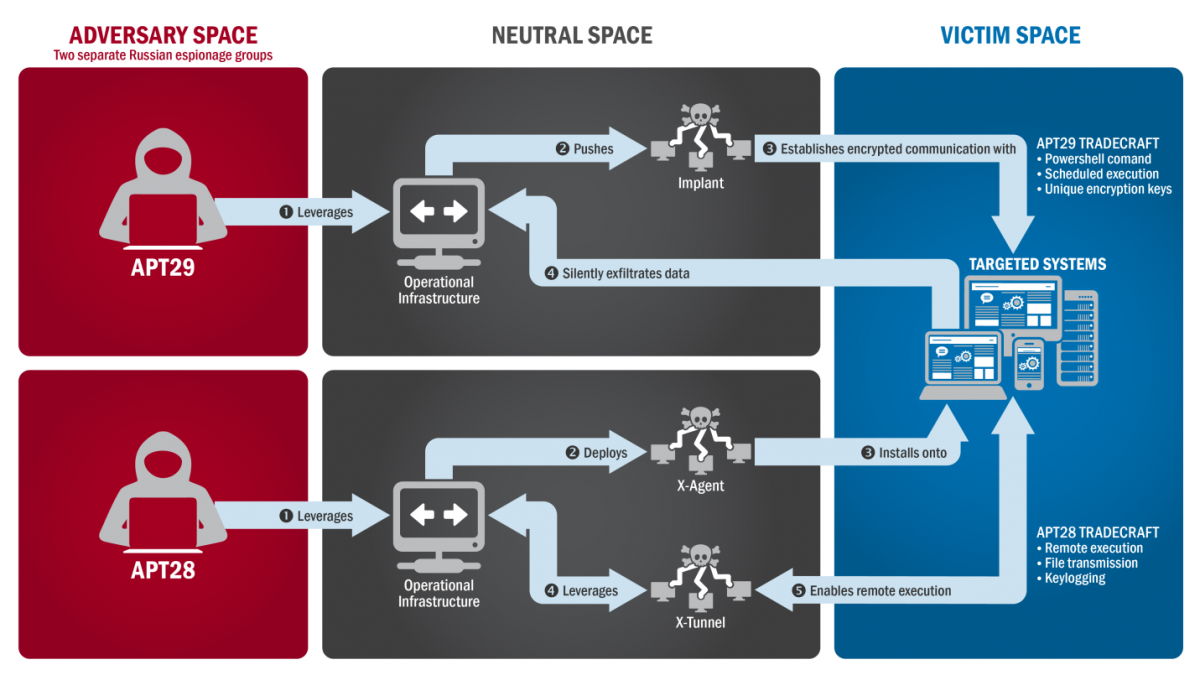
IN AUGUST, THE internet infrastructure company Cloudflare was one of hundreds of targets in a massive criminal phishing spree that succeeded in breaching numerous tech companies. While some Cloudflare employees were tricked by the phishing messages, the attackers couldn't burrow deeper into the company's systems. That's because, as part of Cloudflare's security controls, every employee must use a physical security key to prove their identity while logging into all applications. Weeks later, the company announced a collaboration with the hardware authentication token-maker Yubikey to offer discounted keys to Cloudflare customers.
Cloudflare wasn't the only company high on the security protection of hardware tokens, though. Earlier this month, Apple announced hardware key support for Apple IDs, seven years after first rolling out two-factor authentication on user accounts. And two weeks ago, the Vivaldi browser announced hardware key support for Android.
The protection isn't new, and many major platforms and companies have for years supported hardware key adoption and required that employees use them as Cloudflare did. But this latest surge in interest and implementation comes in response to an array of escalating digital threats.

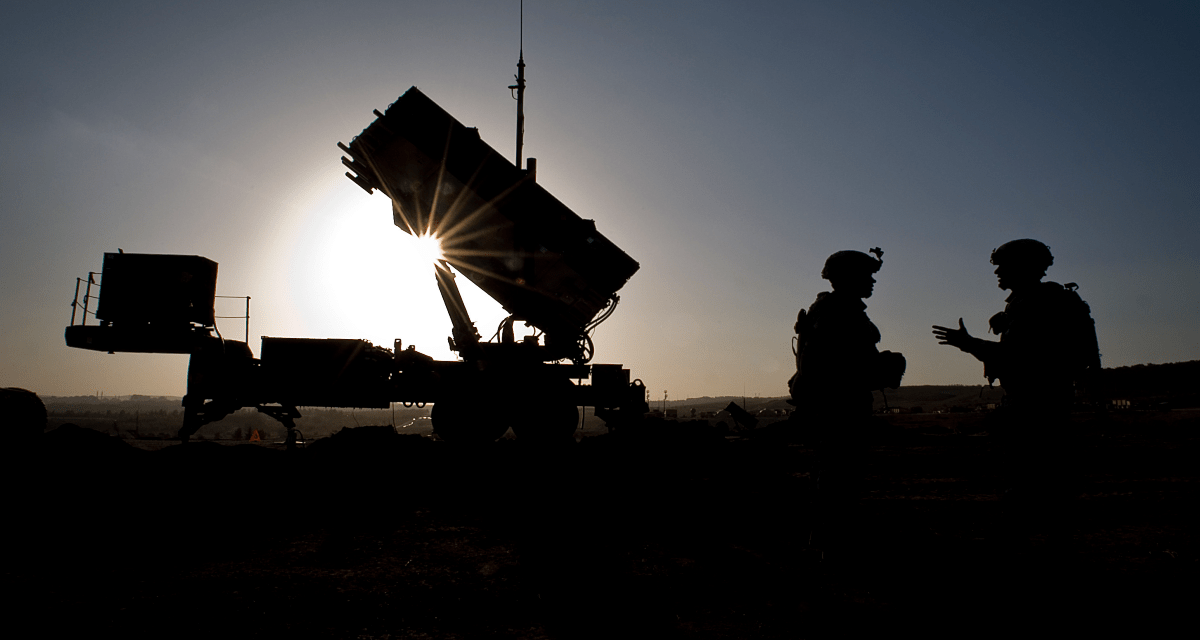




:quality(100):focal(4015x1721:4025x1731)/cloudfront-us-east-1.images.arcpublishing.com/thesummit/HRFVO3FQZJAI5GQ4V6K6CIVHSU.jpg)


